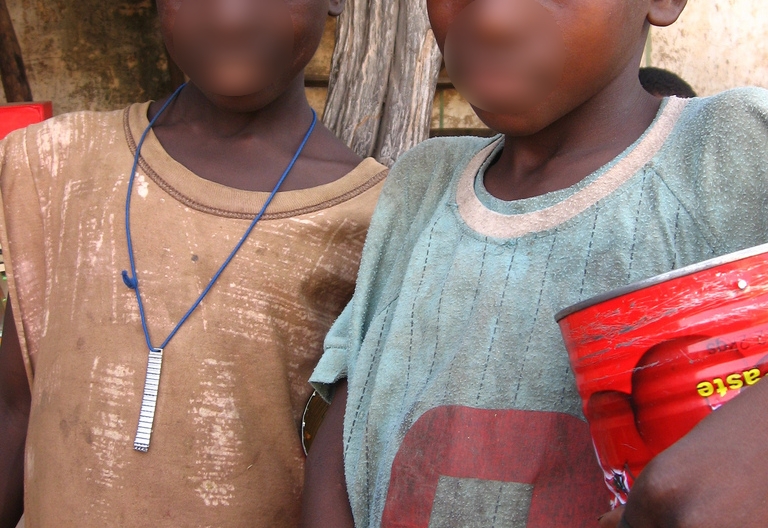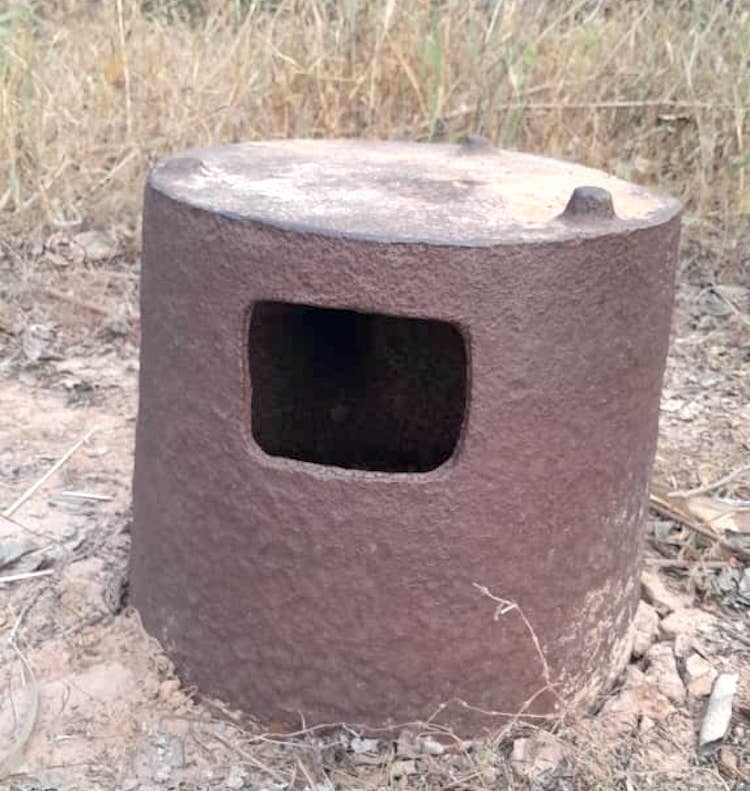Situated next to Catholic Fatima Secondary School, the Bwiam cooking pot is a noteworthy historic site thought to have been there for more than a century. The Portuguese installed the pot in 1901. It has three legs and a mouth, and ancient people have used it as a shrine for a very long time.
The strange cooking pot in Bwiam Village, Foni Kansala District, has been there for more than a century, according to Malanding Jarju, a traditional communicator and former teacher in the village who confirmed this to the Gambia Journal. The cooking pot, according to Jarju, the village historian, is a remnant of the Portuguese colonial overlords’ occupation in the region.
It resembles a cooking pot and is constructed of iron. Regarding the mouth-shaped surround that encircles the cooking pot, Jarju stated that the communities have best described the object as looking like a cooking pot, even though its owners don’t seem to utilize it for cooking. It might have, nevertheless, been put to better use.
He clarified that the local ancient communities have long revered the cooking pot as a shrine.
“People saw it as a shrine and thought that individuals who went there to pray for the solution to their everyday difficulties would have a bright future,” he said. “People who come to worship the pot-shrine usually bring some salt as a gift.”
“Except for the Allahu Akbarr type, a lot of people used to go to this cooking pot for worship,” remarked Jarju, a former traditional drummer.
Malanding Jarju said, “The Portuguese were violently chased by the Bainunkas; the area where the cooking pot is located in Bwiam then became a settlement,” in reference to the Portuguese for forgetting to take their pot with them when they left the village. He clarified that the ‘Badjie Kunda’ clan settled in as Kankuntu, whose true name should have been “Kanjundu,” when the Jolas also pursued the Bainunkas.
Malanding Jarju claims that the Badjie clan originated from the Kanjundu family, which owns land in the villages of Bajagarr, Bwiam, and Kankuntu.
However, with the rise of Islam and Christianity, the cooking pot turned into a source of conflict, with some members of the community shunned by those who revered it. Despite this, many people still had great respect for the pot.
“Those in Bwiam, including me, who observed the land development before the Catholic Mission built the building at Fatima Senior Secondary School, observed the laborers digging up the pot from the earth where the Portuguese had left it. However, it’s unclear if the uprooting was intentional or unintentional.”
The pot was smooth back then, unlike now when it is dented and moveable. It was mysterious that after being uncovered, it would reappear the next day as though no one had disturbed it. However, those were the times when it was the most well-known temple for worship. Because of Islam’s and Christianity’s domination, this is no longer the situation with regard to the pot,” Jarju said.










